Air
Air is a mixture of gases that make up the Earth's atmosphere. It is essential for life and various natural processes on the planet. Understanding the properties and behavior of air is important in science education.
Composition of Air
Air is primarily composed of nitrogen (about 78%) and oxygen (about 21%). The remaining 1% consists of other gases like carbon dioxide, argon, and trace amounts of other gases.
Properties of Air
- Invisible: Air is not visible to the naked eye, but its presence can be felt and its effects observed.
- Odorless and Tasteless: Pure air has no distinct smell or taste.
- Weight: Air has mass and exerts pressure, known as atmospheric pressure.
- Compressibility: Air can be compressed and expanded, which is why it is used in tools like air compressors and balloons.
- Supports Combustion: Oxygen in the air supports the process of combustion, allowing substances to burn.
Effects of Air
Air has several effects on living organisms and the environment, including:
- Respiration: Humans and animals breathe in oxygen from the air and exhale carbon dioxide.
- Weather and Climate: Air plays a crucial role in weather patterns and the Earth's climate.
- Sound Transmission: Air is necessary for the transmission of sound waves.
- Flight: Birds, insects, and aircraft utilize the properties of air to achieve flight.
Study Guide
To study the topic of air, consider the following key points:
- What are the main gases that make up air, and what are their percentages?
- Discuss the properties of air, including its invisibility, weight, and compressibility.
- Explain the role of air in respiration and combustion processes.
- Explore the impact of air on weather, climate, and various natural phenomena.
Understanding the composition, properties, and effects of air is fundamental in the field of science and forms the basis for learning about atmospheric science, climate change, and other related topics.
[Air] Related Worksheets and Study Guides:
.◂Science Worksheets and Study Guides Kindergarten. Weather
Coloring Worksheet Calendar
Calendar  Coloring Worksheet
Coloring Worksheet Calendar
Calendar  Coloring Worksheet
Coloring Worksheet Day and Night
Day and Night  Coloring Worksheet
Coloring Worksheet Day and Night
Day and Night  Coloring Worksheet
Coloring Worksheet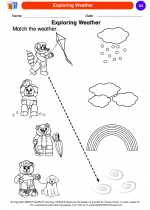 Exploring Weather
Exploring Weather  Coloring Worksheet
Coloring Worksheet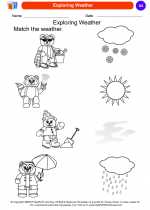 Exploring Weather
Exploring Weather  Coloring Worksheet
Coloring Worksheet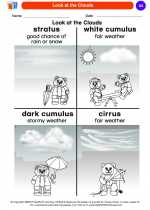 Look at the Clouds
Look at the Clouds  Coloring Worksheet
Coloring Worksheet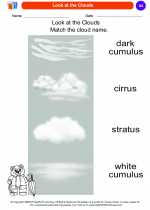 Look at the Clouds
Look at the Clouds  Coloring Worksheet
Coloring Worksheet Moon & Stars
Moon & Stars  Coloring Worksheet
Coloring Worksheet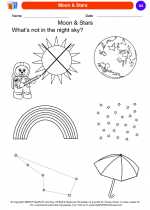 Moon & Stars
Moon & Stars  Coloring Worksheet
Coloring Worksheet Natural Events
Natural Events  Coloring Worksheet
Coloring Worksheet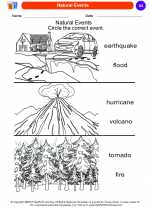 Natural Events
Natural Events  Coloring Worksheet
Coloring Worksheet Sun and Shadows
Sun and Shadows  Coloring Worksheet
Coloring Worksheet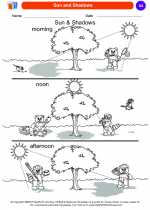 Sun and Shadows
Sun and Shadows  Coloring Worksheet
Coloring Worksheet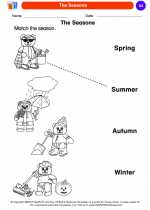 The Seasons
The Seasons  Coloring Worksheet
Coloring Worksheet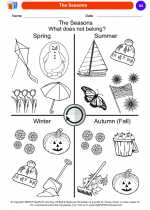 The Seasons
The Seasons  Coloring Worksheet
Coloring Worksheet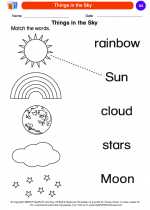 Things in the Sky
Things in the Sky  Coloring Worksheet
Coloring Worksheet Things in the Sky
Things in the Sky  Coloring Worksheet
Coloring Worksheet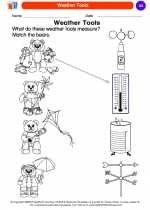 Weather Tools
Weather Tools  Coloring Worksheet
Coloring Worksheet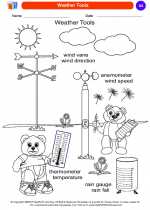 Weather Tools
Weather Tools 

 Coloring Worksheet
Coloring Worksheet
 Coloring Worksheet
Coloring Worksheet
 Coloring Worksheet
Coloring Worksheet
 Coloring Worksheet
Coloring Worksheet
 Coloring Worksheet
Coloring Worksheet
 Coloring Worksheet
Coloring Worksheet
 Coloring Worksheet
Coloring Worksheet
 Coloring Worksheet
Coloring Worksheet
 Coloring Worksheet
Coloring Worksheet
 Coloring Worksheet
Coloring Worksheet
 Coloring Worksheet
Coloring Worksheet
 Coloring Worksheet
Coloring Worksheet
 Coloring Worksheet
Coloring Worksheet
 Coloring Worksheet
Coloring Worksheet
 Coloring Worksheet
Coloring Worksheet
 Coloring Worksheet
Coloring Worksheet
 Coloring Worksheet
Coloring Worksheet
 Coloring Worksheet
Coloring Worksheet
 Coloring Worksheet
Coloring Worksheet

The resources above cover the following skills:
EARTH AND SPACE SCIENCE (NGSS)
Earth’s Systems
Students who demonstrate understanding can:
Use and share observations of local weather conditions to describe patterns over time.